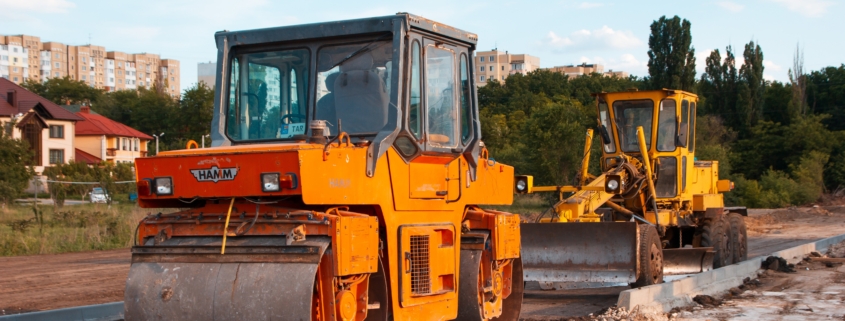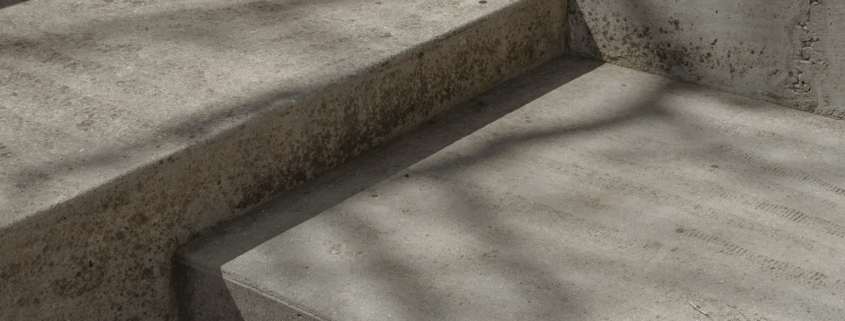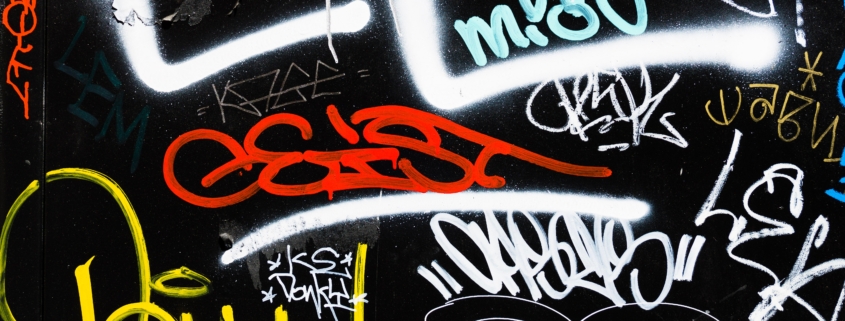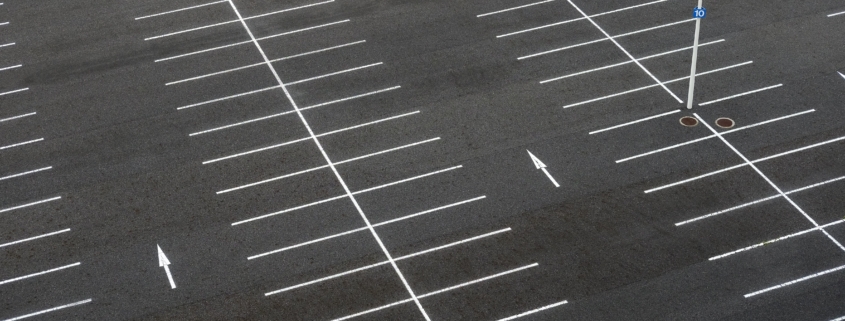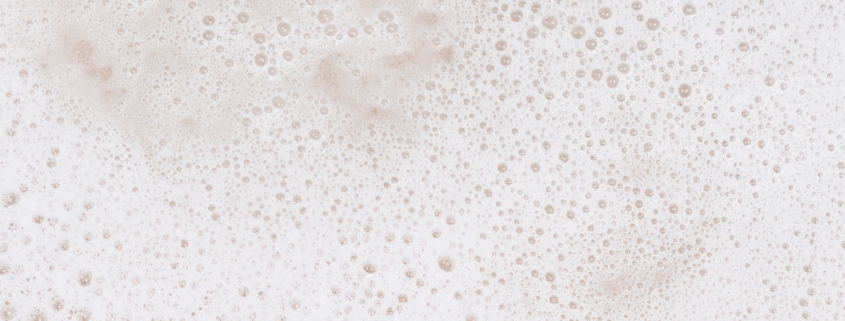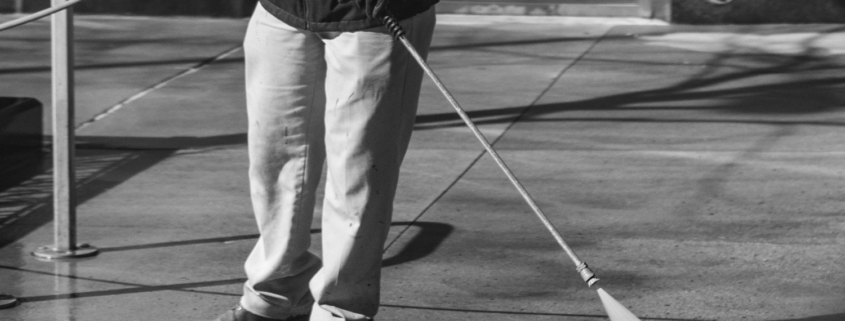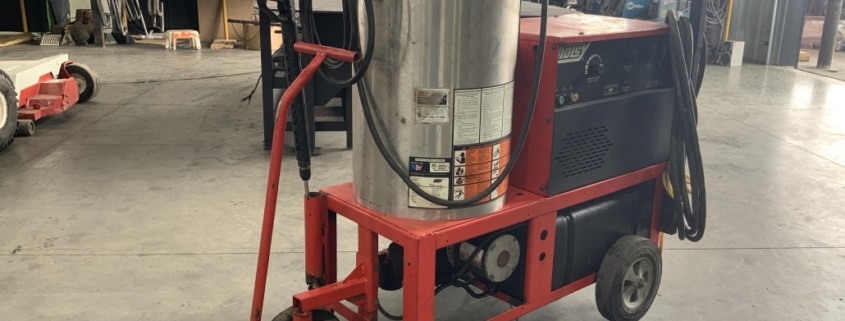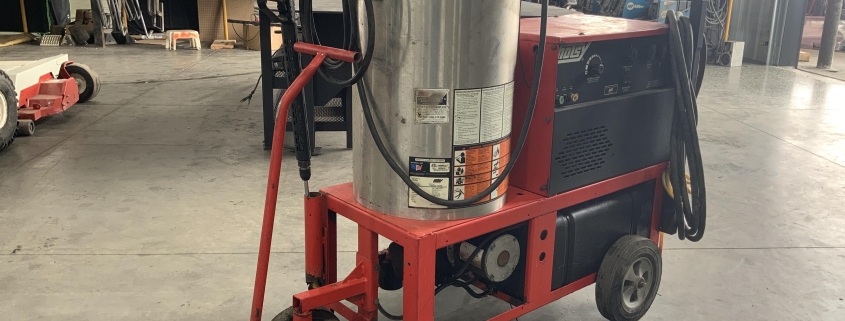Looking to learn all about pressure washing construction equipment? You’ve come to the right place. Today, we’re going to cover everything you need to know about integrating a pressure washer into your process to keep your equipment performing at its best while protecting your investment.
Whether you’re dealing with caked-on grease, mud, or a combination of the two – you need the right tools for the job. Otherwise, you’ll find that your cleaning process is both ineffective and inefficient. But by the end of our article today, you’ll feel confident in how to supercharge your cleaning process.
Let’s start by addressing a common question we see asked by project managers and contractors alike: do you really need to pressure wash construction equipment?
Do You Need to Pressure Wash Construction Equipment?
The answer is a resounding yes. Construction equipment takes a beating day in and day out. It’s essential to not only the look of your project but also the lifespan of your equipment to keep it clean. There are several factors that contribute to the need for pressure washing construction equipment, such as:
- The Grease from Your Equipment: As you likely already know, your construction equipment needs grease for proper operation. This is true of every machine you have in your arsenal – from backhoes to excavators. As this grease spreads around your equipment it needs to be cleaned off.
- The Materials You’re Working With: If you’re working with materials like concrete or asphalt, they will inevitably end up on your equipment. Not only does this lead to an unsightly appearance – but it can also cause long-term damage if left unchecked.
- The Location of Your Project: Another significant factor is the location of your project. If you’re working in a dusty area, your equipment will be covered in a thick layer of dust at the end of each day. This not only looks bad but can also cause your equipment to overheat and break down prematurely. Similarly, mud can get caked onto the equipment and create a hardened surface that doesn’t come off easily.
- The Weather Conditions: Depending on the time of year and location, you may also contend with harsh weather conditions. For example, saltwater spray from the ocean can corrode metal surfaces if not cleaned off in a timely manner.
The Importance of Pressure Washing Construction Equipment in an Effective, Efficient Manner
There are several reasons why pressure washing construction equipment is essential, both for the equipment itself and for the project as a whole. Let’s take a look at a few of the most important benefits:
- Improved Equipment Performance: When your equipment is caked with grease, dirt, and other materials, it doesn’t operate as efficiently as it should. This can lead to increased wear and tear, breakdowns, and a shorter lifespan for your equipment. Pressure washing removes all of the built-up grime so that your equipment can function at its best.
- Enhanced Equipment Longevity: In addition to improved performance, pressure washing also extends the lifespan of your equipment. This is because all of the harmful materials that can cause corrosion and other damage are removed before they have a chance to do any real damage.
- Reduced Maintenance Costs: By pressure washing your equipment on a regular basis, you can avoid costly repairs and replacements down the road. This preventative maintenance will save you money in the long run.
- Improved Project Timeline: When your equipment is running smoothly, you can get the job done faster. This means fewer delays and a smoother project timeline overall.
- Enhanced Safety: Pressure washing also has safety benefits. For example, if your equipment is caked with mud, it can be slippery and dangerous to operate. By keeping your equipment clean, you can avoid accidents and injuries.
When is Pressure Washing Construction Equipment Necessary?
Now that we’ve answered the question of whether or not pressure washing construction equipment is necessary for you, let’s look at how often it should be done. The frequency with which you need to pressure wash will depend on several factors, such as the type of equipment you’re using, the location of your project, and the weather conditions.
- If you’re using grease-based equipment, it’s essential to pressure wash it daily. This will remove the built-up grease and prevent it from causing damage.
- If you’re working in a dusty area, you should pressure wash your equipment at the end of each day. This will remove the layer of dust that can cause your equipment to overheat.
- If you’re working in a muddy area, you should pressure wash your equipment at least once a week. This will prevent the mud from hardening and becoming difficult to remove.
- If you’re working in a saltwater environment, you should pressure wash your equipment as often as possible. Saltwater can cause corrosion, so it’s important to remove it from your equipment as soon as possible.
In general, the more often you clean your equipment, the better. While there is a point of diminishing returns, you won’t harm your equipment by keeping it too clean.
The worst you risk is a bit of wasted time and resources. Compared to the risk of not cleaning your equipment enough, the decision to create a frequent cleaning schedule is a no-brainer for any project manager or construction company owner.
Pressure Washing Tips for Construction Equipment: Everything You Need to Know
Ready to learn all about pressure washing your construction equipment? Our beginner guide on
With that said, here are some pressure washing tips for construction equipment to help you supercharge your cleaning process in an effective, efficient manner. Step one – choosing between the different types of pressure washers & getting the right specs.
Start By Choosing the Right Machine
The first step is to choose the right pressure washer. And for that, our pressure washer buying guide will prove invaluable. However, here are some tips to help you find the best industrial pressure washer for your unique needs.
First things first – what pressure washer PSI do I need? For most construction equipment, you’ll need a commercial-grade pressure washer with at least 3,000 PSI of pressure. This will ensure that all of the grime and dirt is removed quickly and easily. But the PSI doesn’t tell the whole story – you should also consider your pressure washer GPM.
Your pressure washer GPM (gallons per minute) determines how much water your pressure washer can output. For construction equipment, you’ll want a pressure washer with at least 4 GPM of flow. This will help to remove all of the dirt and debris quickly and efficiently.
From there, you can choose between a hot water vs cold water pressure washer. For the types of tough cleaning jobs you’ll face, stick with hot water – it’s so much more efficient and effective.
In terms of the actual pressure washer unit, there are two main types to choose from – electric and gas-powered. And while you can read our debate on the electric vs gas pressure washer debate, we’ll save you the trouble: for construction equipment, in particular, stick with gas. It’s more powerful and versatile – since you’ll rarely have an outlet to connect to at certain job sites.
This leads to the next point – do you have a water source on site? If not, this is an important consideration. After all, you can’t start a pressure washer without water! For these types of remote jobs, you may need to either build your own pressure washer trailer – or better yet, head over to Hotsy in South Texas.
We have a wide array of pressure washer trailers for sale – and, you’ll even find hot water pressure washers for sale. You won’t have to play the guessing game as to which unit is right for you – we’ll provide a tailored recommendation to help you get the most bang for your buck. With over 40 years of experience, you can trust that we’ll get you set up right. And, we have the other supply you need as well: a pressure washer degreaser soap. We’ll explain the significance of this below.
Pair it With the Proper Degreaser Soap
For certain jobs, a pressure washer alone is enough to achieve a perfect clean. However, anytime there is mud, grease, and other tough substances stuck on your equipment, you may need some extra cleaning power in the form of detergent. We have a complete guide on how to use soap with a pressure washer to help you with this step. However, here is a summary of what you need to know:
First, figure out what kind of soap to use in power washers. You may be tempted to use a homemade pressure washer detergent – but we advise against this. You need a formulation that can specifically tackle grease and caked-on mud – and we have that in store for you, too. At Hotsy, you’ll find the best soap for pressure washers available. We have targeted solutions for specific cleaning jobs. For these types of jobs, in particular, we recommend one of the following formulas:
- Breakthrough
- Carbon-Ate
- Hotsy Brown
- Ripper I
Then, you need to choose the right soap nozzle for the pressure washer. Fortunately, we have a complete guide to help you navigate this step when you come to it.
Now that you’ve got your equipment and supplies, it’s time to get to the fun part – actually cleaning construction equipment with your industrial pressure washer. Let’s begin with some brief safety tips:
Tips for Keeping Your Cleaning Process Safe for the Equipment and for Others
We encourage you to check out our complete guide on pressure washer safety – but here are some key points to keep in mind.
First and foremost, always make sure that you’re wearing the proper safety gear before you start the pressure washer. This includes eye protection, gloves, and closed-toe shoes. And, if you’re using a hot water pressure washer unit, be extra careful to avoid burns – the water can get up to 200 degrees Fahrenheit!
Next, you’ll want to take some time to familiarize yourself with the pressure washer before starting. Read the manual and get a feel for all of the different features and attachments. This will help you avoid any accidents while operating the unit.
Finally, always make sure that the area around you is clear before starting to clean. This includes people, pets, and any other objects that could be hit by the high-pressure stream of water.
Now that you know how to keep yourself safe, it’s time to learn how to pressure wash construction equipment properly. Check out the tips below:
Tips for Actually Pressure Washing the Construction Equipment
We have a complete guide on pressure washing tips and tricks to help you make the most of your cleaning process. However, here are some guidelines below:
- Start With Manual Cleaning. If there are large dirt clods or grease streaks caked onto your equipment, begin by manually removing these with a cloth or scrubber. This is far safer for you – the operator – than blasting the grease/dirt with a pressure washer. As you remove these debris chunks, be sure to dispose of them safely to prevent tripping hazards.
- Work Top to Bottom: When you’re pressure washing, always start at the top and work your way down. This will help prevent streaking and ensure that all of the dirt and grime is removed from the surface.
- Use a Wide, Circular Motion: Use a wide, circular motion when you’re pressure washing to avoid damaging the surface of the equipment.
- Keep the Nozzle Moving: Don’t keep the pressure washer nozzle in one spot for too long – this could damage the equipment. Instead, keep the nozzle moving at all times.
- Let the Suds Work: After applying the degreaser to the dirtiest areas of your equipment, let the suds sit for anywhere from 15-30 minutes. This gives the active ingredients in the soap a chance to work their magic.
- Rinse Thoroughly: Once you’re done cleaning with soap, make sure to rinse the equipment thoroughly with clean water. This will remove any soap residue and ensure that no chemicals are left behind.
- Inspect Nooks & Crannies: If you follow our recommendations throughout this article carefully, you should do an impressive job the first time around. However, it’s possible that after your final rinse there will still be nooks and crannies in your construction equipment that were missed. Give these some extra detailing. At this point, you can let your construction equipment air dry.
Final Thoughts on Pressure Washing Construction Equipment
That entails all that you need to know about pressure washing construction equipment. At this point, it’s time to put what you’ve learned to the test.
Remember – nothing cleans like a Hotsy. So head to your nearest Hotsy retailer in San Antonio and stock up on your soap and let us help you find the right machine. We even offer commercial pressure washer rental if you only need a unit every so often!

